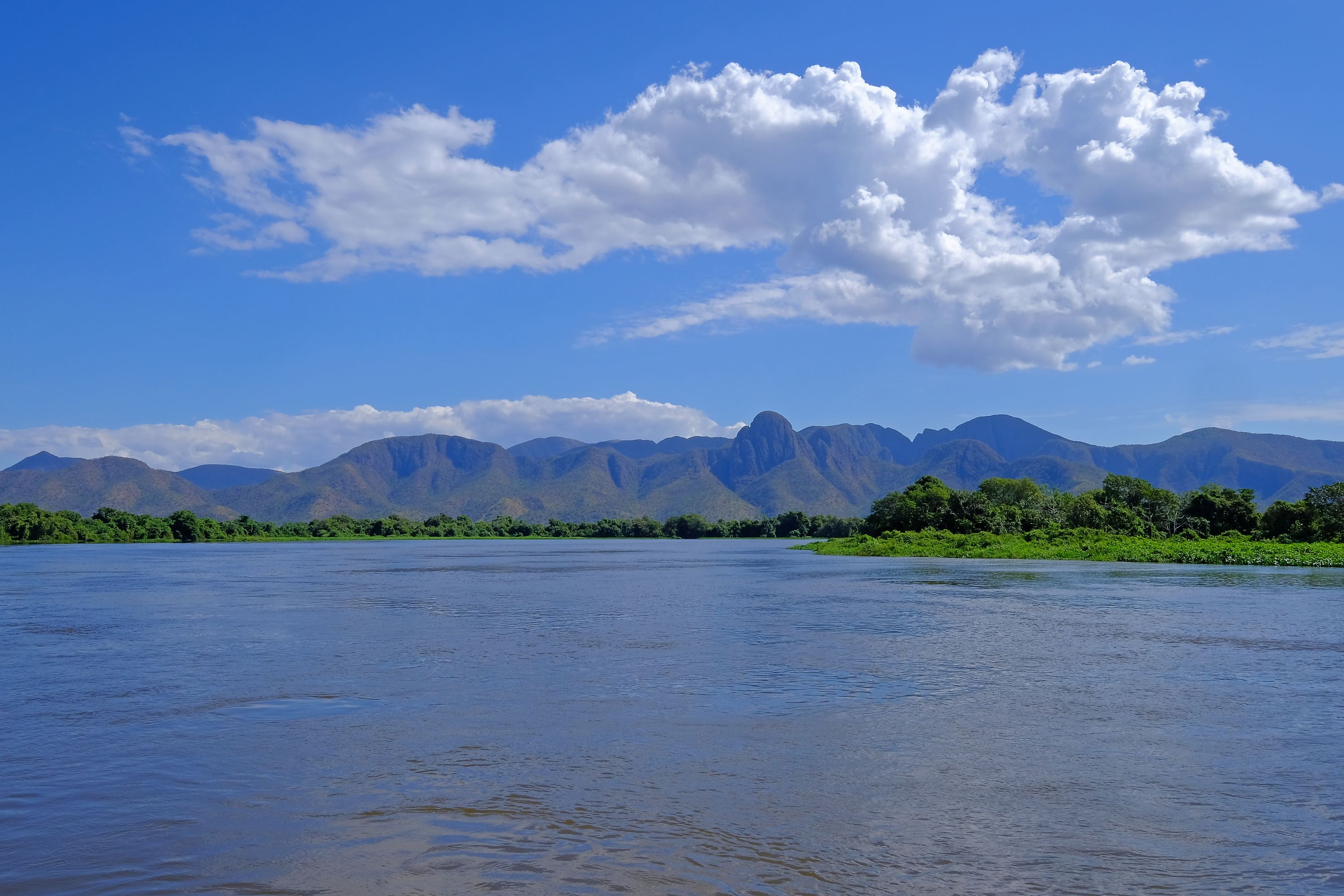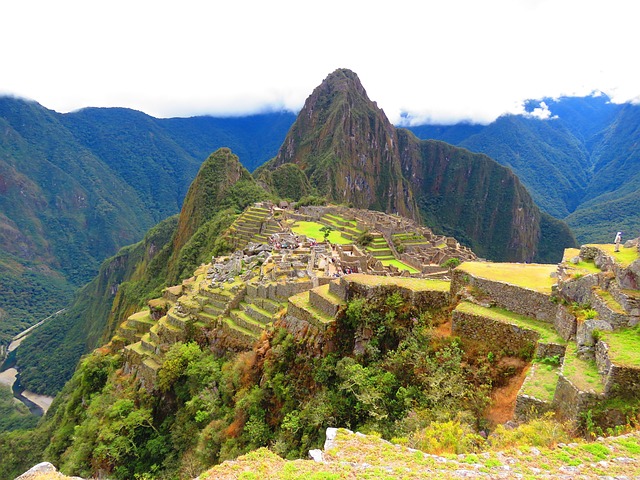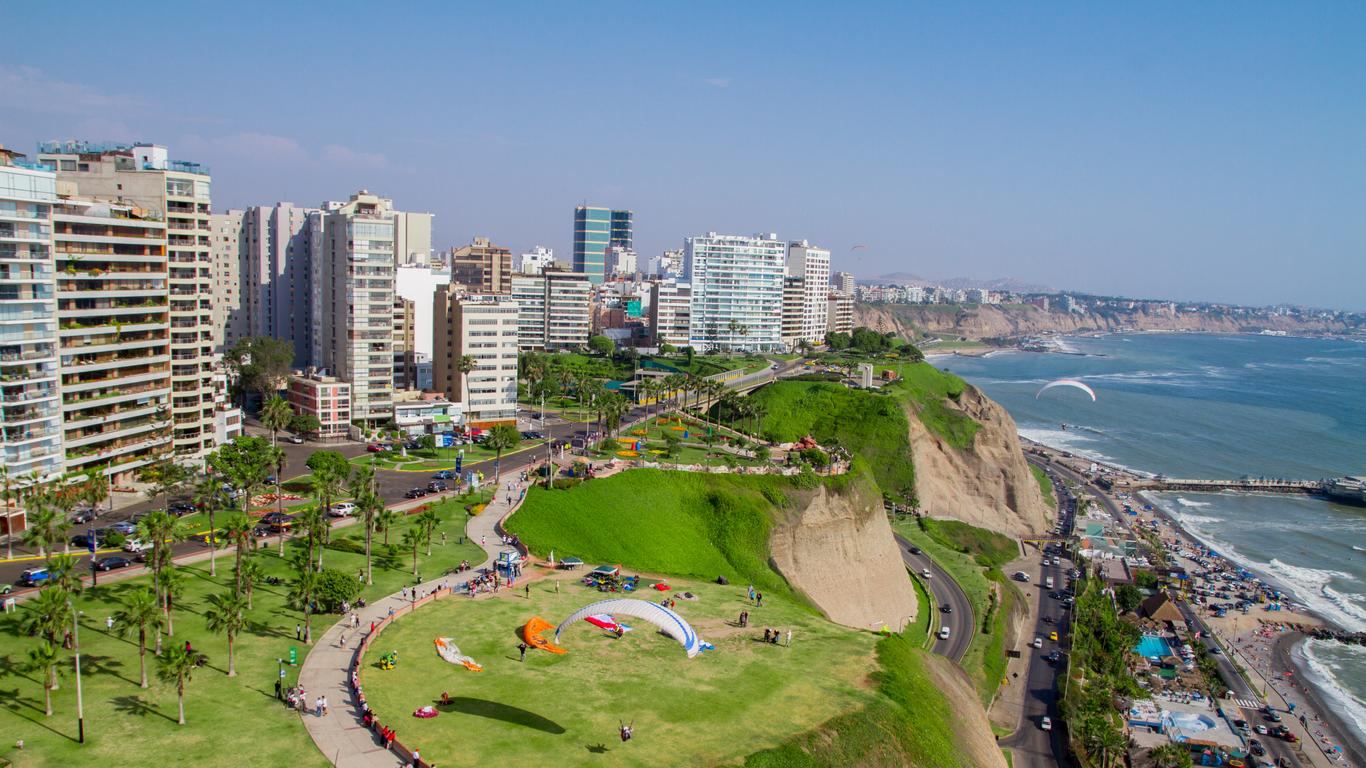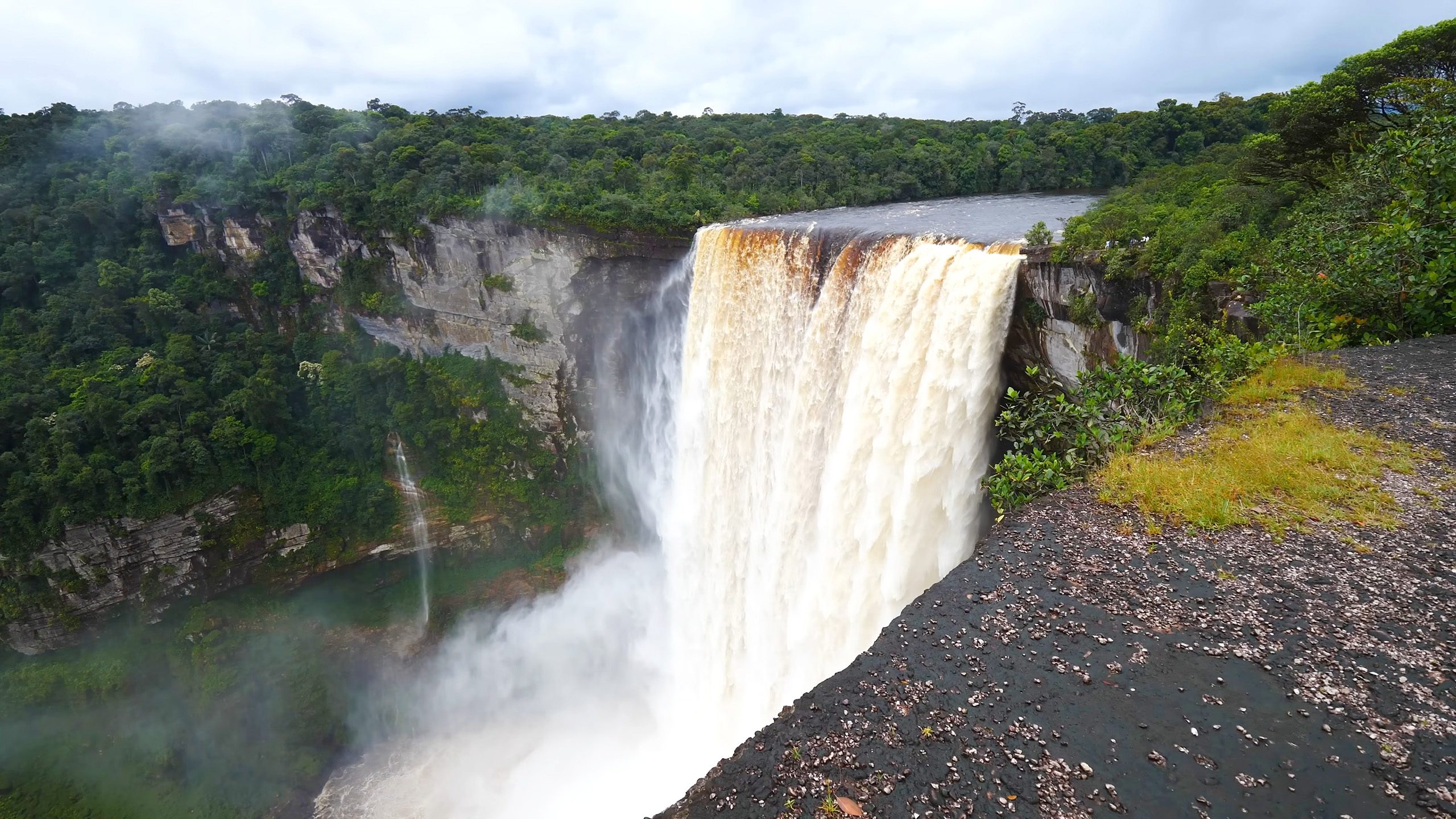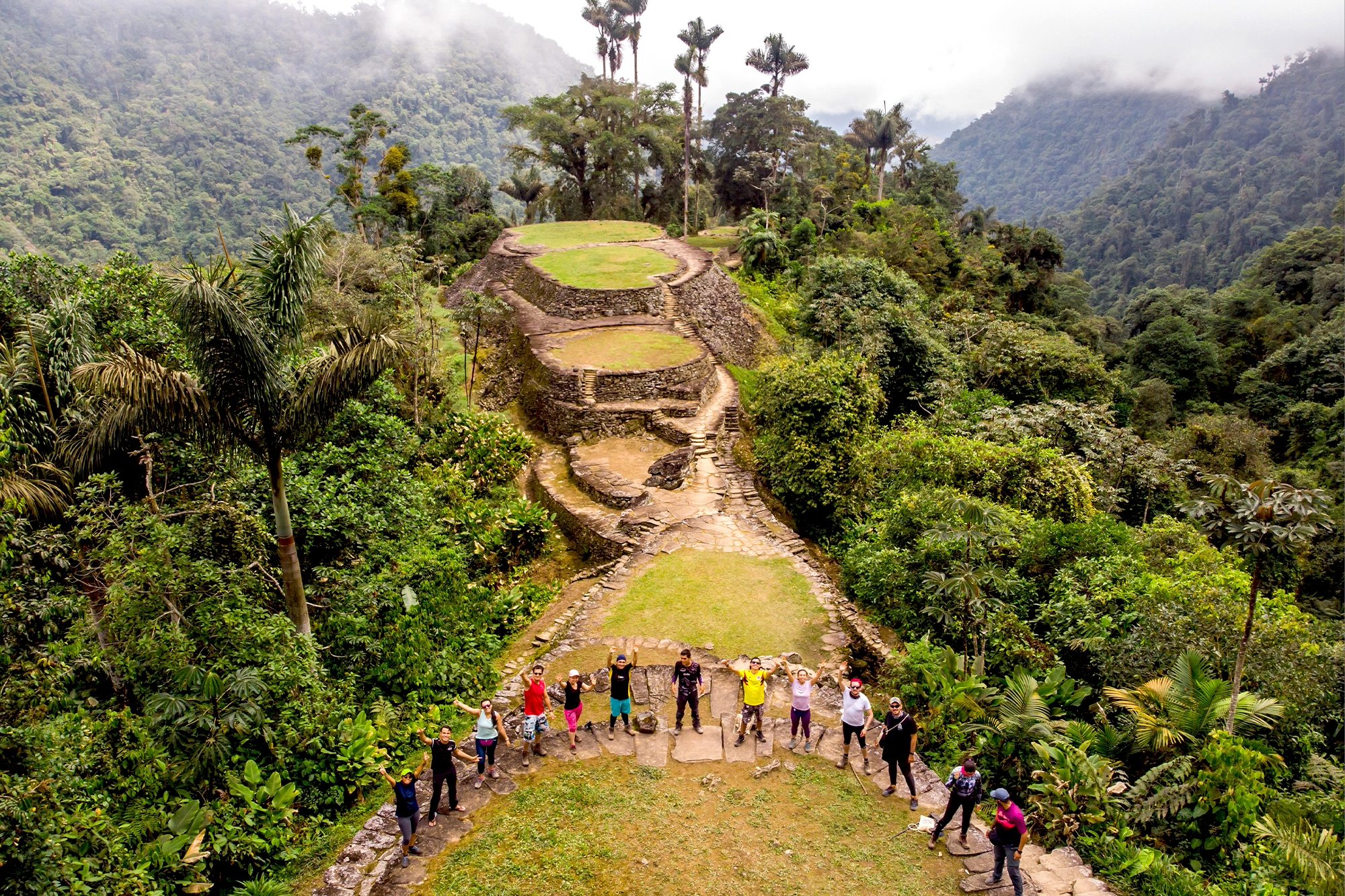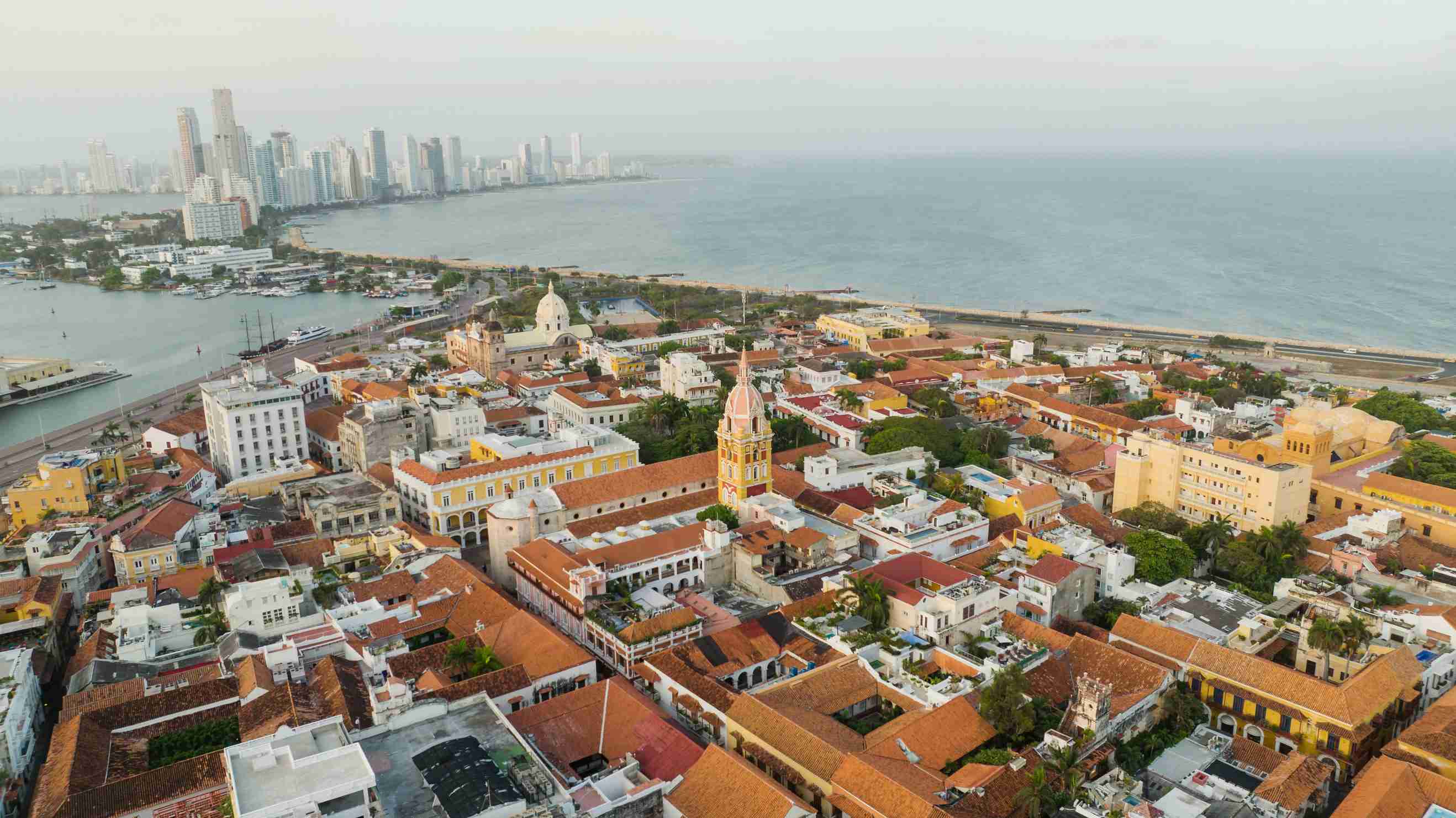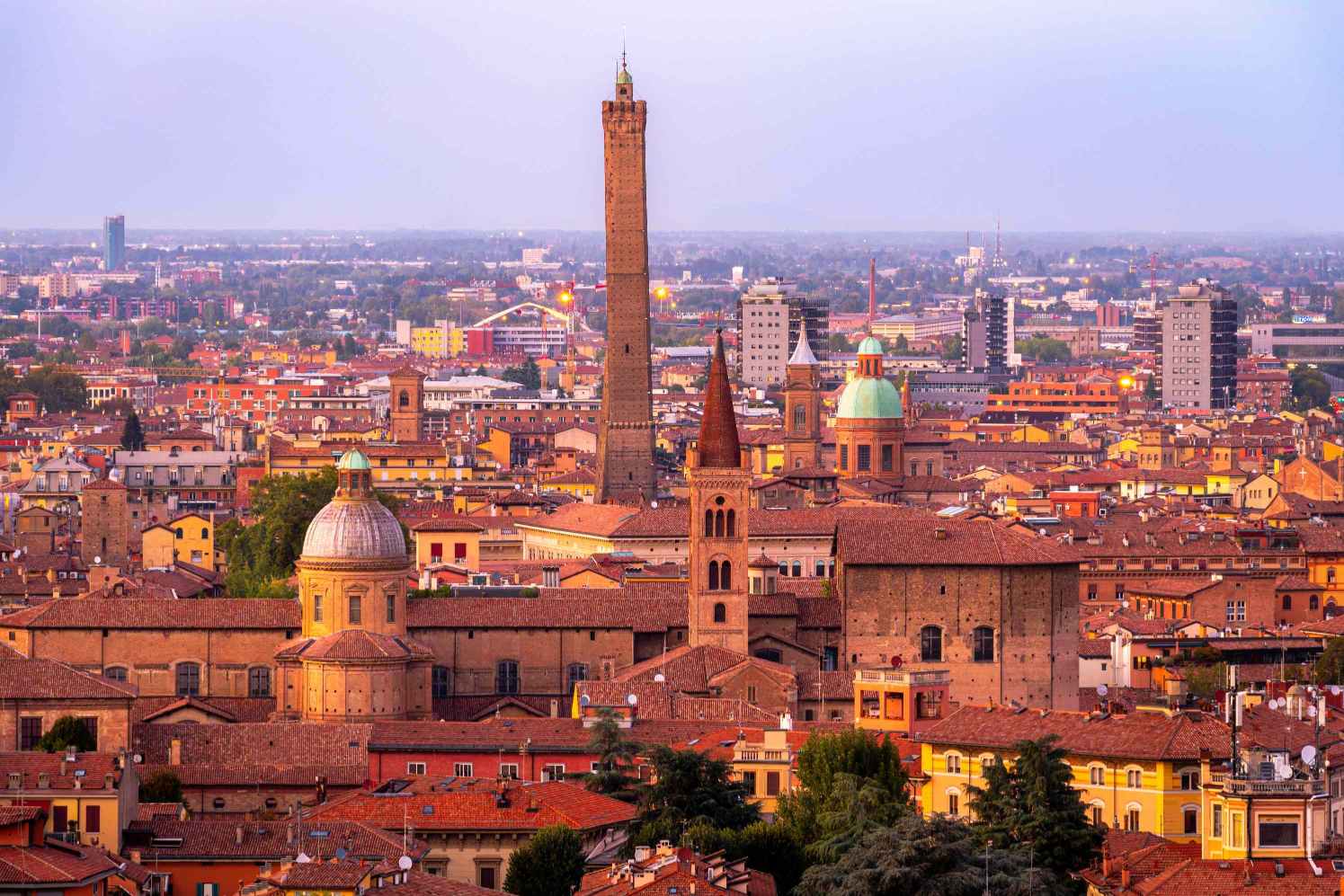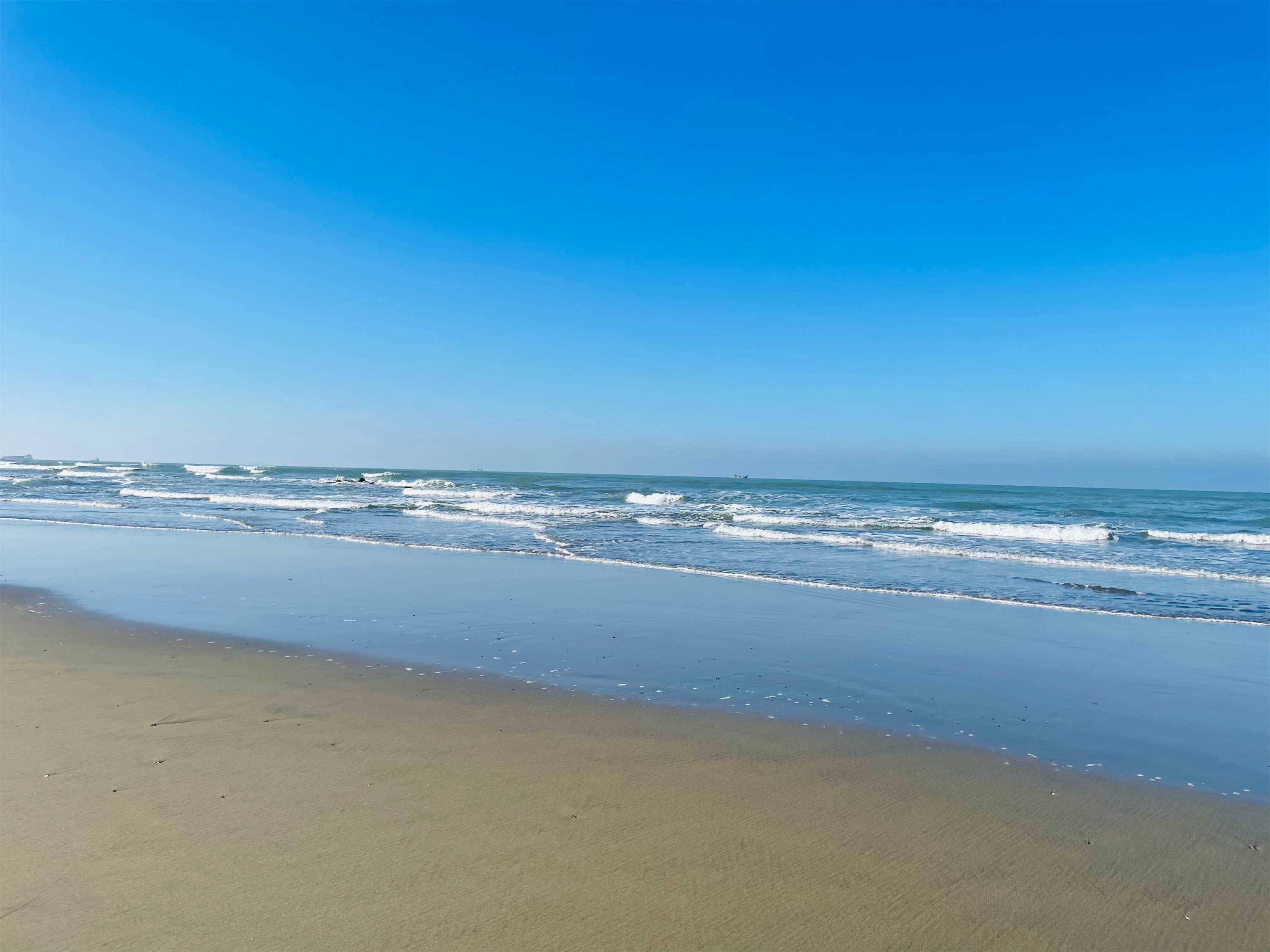The Great Pyramids at Giza, located on the outskirts of Cairo, Egypt, are among the most iconic and enduring symbols of human achievement. Built over 4,500 years ago during the Fourth Dynasty of the Old Kingdom, these monumental structures have stood the test of time, captivating travelers, historians, and archaeologists for centuries. The Giza pyramid complex includes the Great Pyramid of Khufu (Cheops), the Pyramid of Khafre (Chephren), the Pyramid of Menkaure (Mykerinos), and the Great Sphinx. Together, they form one of the Seven Wonders of the Ancient World and a UNESCO World Heritage Site. Whether you’re marveling at their sheer size, exploring their intricate chambers, or pondering their mysteries, the Great Pyramids at Giza offer an unforgettable journey into the heart of ancient Egypt.
This article explores the history, architecture, and cultural significance of the Great Pyramids, as well as practical tips for travelers. From their construction to their enduring legacy, the pyramids are a destination that captivates the imagination and inspires awe.
The History of the Great Pyramids
The Great Pyramids at Giza were built as tombs for the pharaohs of the Fourth Dynasty, who ruled Egypt during the Old Kingdom period (circa 2686–2181 BCE). Each pyramid was part of a larger complex that included temples, causeways, and smaller pyramids for queens and nobles. The pyramids were constructed using massive limestone blocks, some weighing as much as 80 tons, which were quarried locally and transported to the site.
- The Great Pyramid of Khufu (Cheops): The largest and oldest of the three pyramids, the Great Pyramid was built for Pharaoh Khufu and originally stood at 146.6 meters (481 feet). It was the tallest man-made structure in the world for over 3,800 years.
- The Pyramid of Khafre (Chephren): Built for Pharaoh Khafre, this pyramid appears taller than Khufu’s due to its higher elevation, but it is actually slightly smaller. It is also home to the Great Sphinx, a massive limestone statue with the body of a lion and the head of a pharaoh.
- The Pyramid of Menkaure (Mykerinos): The smallest of the three pyramids, built for Pharaoh Menkaure, stands at 65 meters (213 feet) tall. Despite its smaller size, it is known for its intricate design and use of granite.
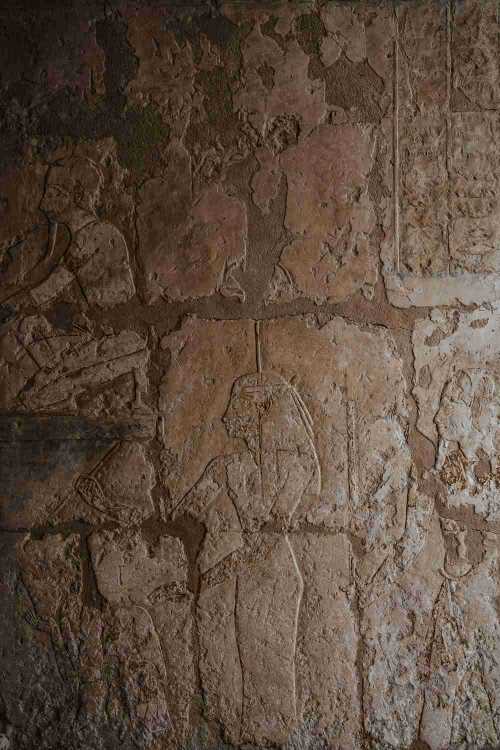


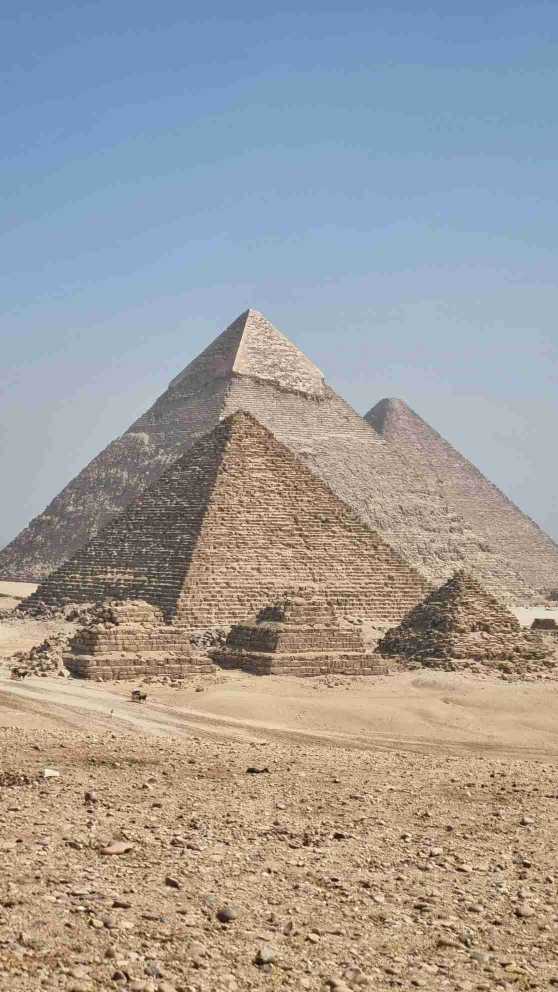
The Architecture and Engineering of the Pyramids
The construction of the Great Pyramids is a testament to the ingenuity and skill of ancient Egyptian engineers and laborers. The pyramids were built using a combination of ramps, levers, and pulleys, with workers carefully aligning the blocks to create the precise geometric shapes. The interiors of the pyramids feature narrow passageways, grand galleries, and burial chambers, some of which are adorned with hieroglyphs and carvings.
The Great Pyramid of Khufu, in particular, is a marvel of precision. Its base is almost perfectly level, and its sides are aligned with the cardinal points of the compass. The pyramid’s original casing stones, made of polished white limestone, reflected the sun’s rays, making the structure visible from miles away.
Cultural Significance
The Great Pyramids at Giza are more than just architectural marvels; they are a symbol of ancient Egypt’s power, wealth, and spiritual beliefs. The pyramids were built as tombs to ensure the pharaohs’ safe passage to the afterlife, reflecting the Egyptians’ deep belief in the afterlife and the divine nature of their rulers.
The pyramids also played a central role in Egyptian religion and cosmology. The shape of the pyramids is thought to represent the rays of the sun, connecting the pharaohs with the sun god Ra. The Great Sphinx, with its lion’s body and human head, is believed to symbolize strength and wisdom, guarding the pyramids and the pharaohs buried within.
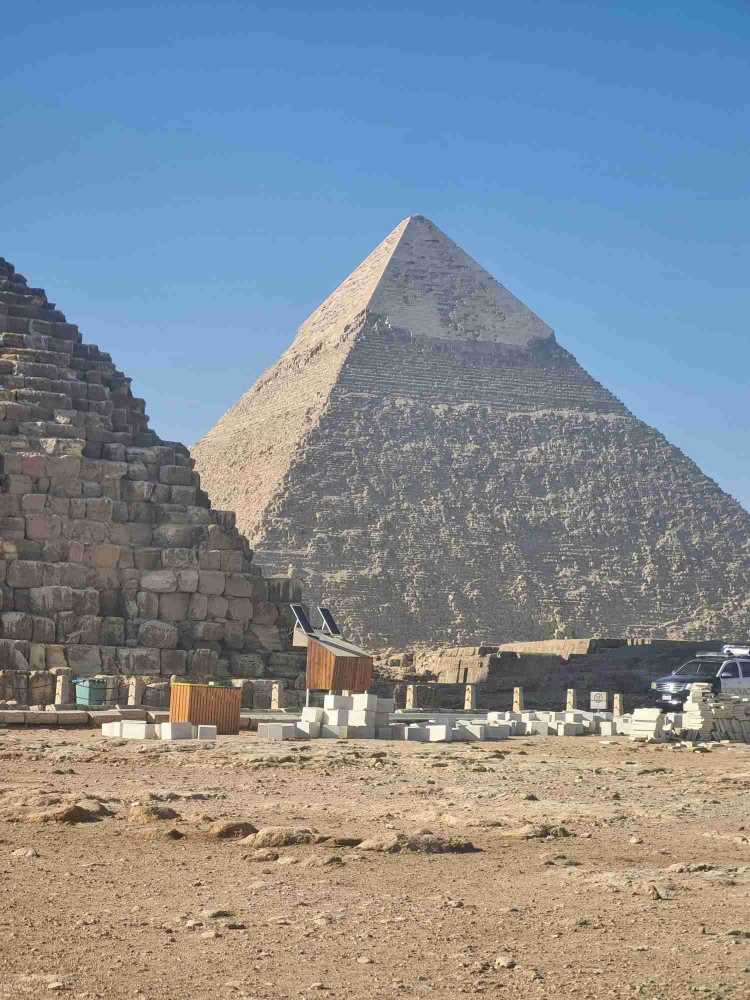

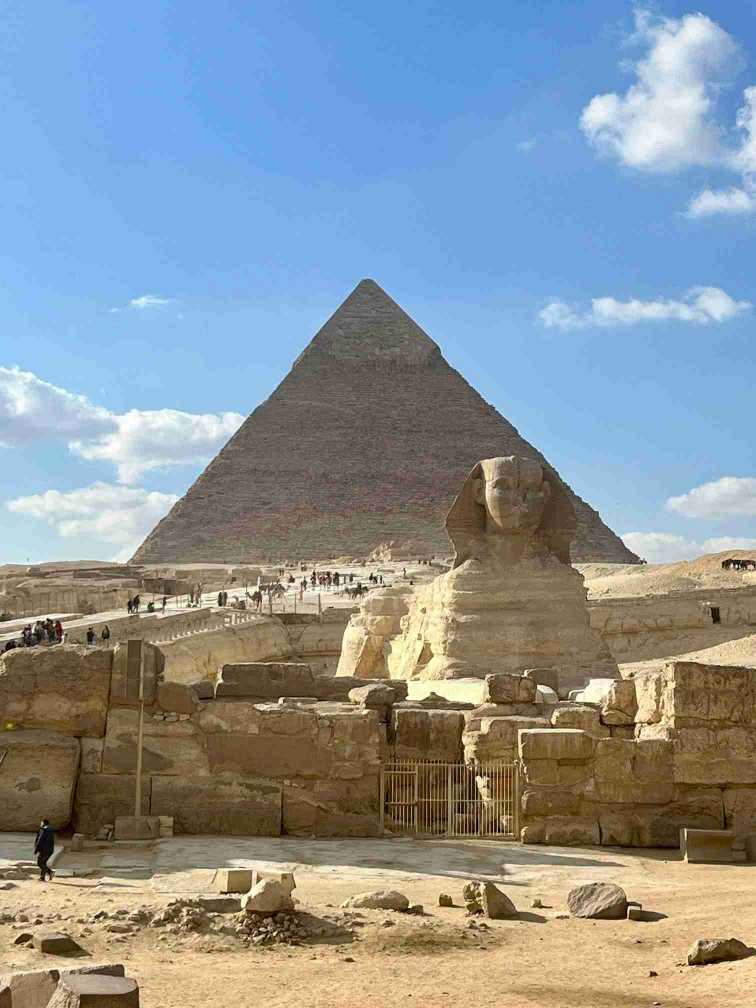
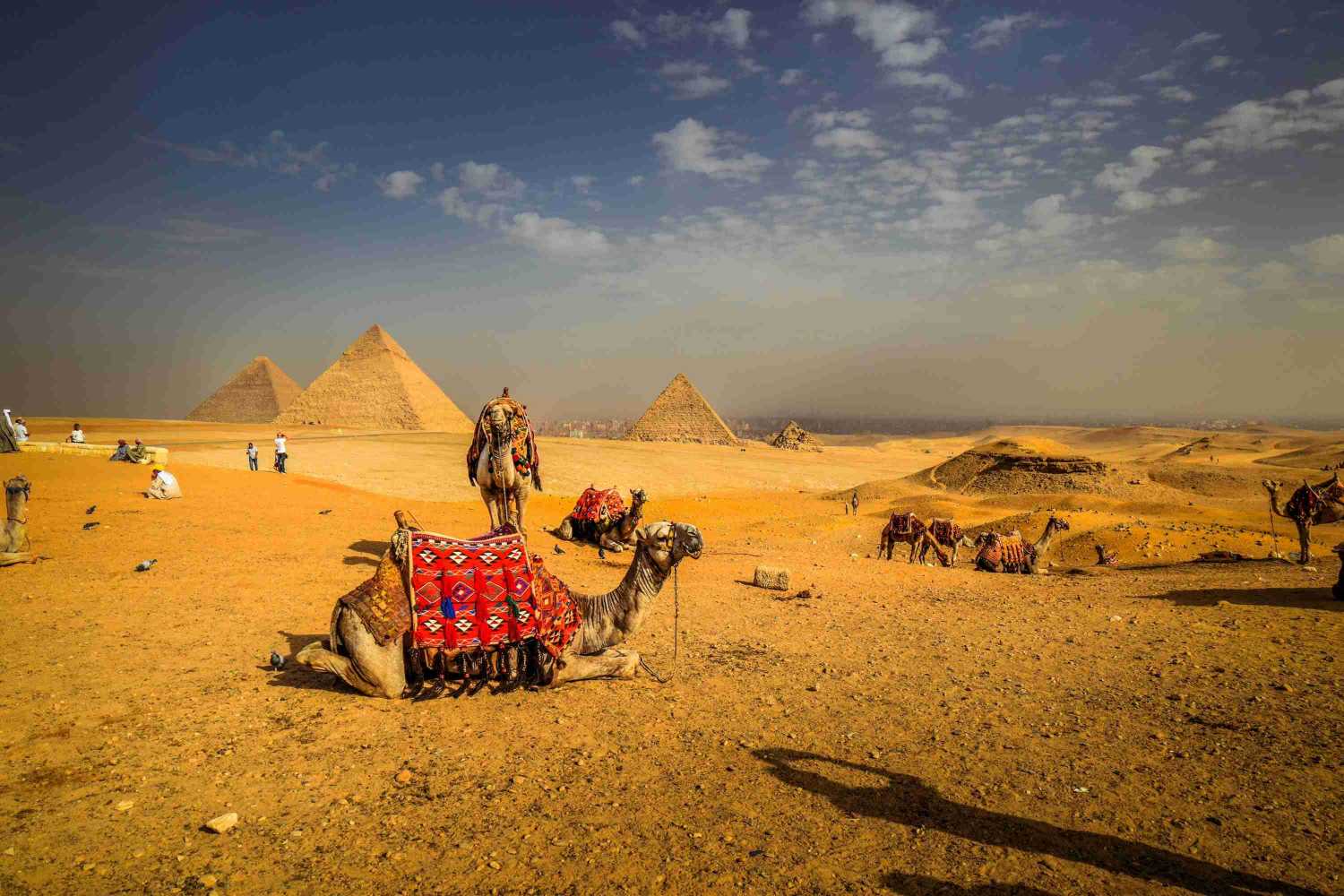
How to Reach the Great Pyramids
The Great Pyramids at Giza are located approximately 13 kilometers (8 miles) southwest of Cairo. Here are the main ways to reach the site:
- By Car: The pyramids are easily accessible by car from Cairo. The drive takes about 30 minutes, depending on traffic.
- By Tour: Many tour operators offer guided trips to the pyramids, often as part of a larger itinerary that includes other Cairo attractions.
- By Public Transport: Buses and taxis are available from Cairo, but hiring a private car or joining a tour is more convenient.
Accommodation
Cairo offers a wide range of accommodations to suit every budget:
- Luxury Hotels: Stay at 5-star hotels like the Marriott Mena House, which offers stunning views of the pyramids.
- Mid-Range Hotels: Options like the Le Méridien Pyramids Hotel & Spa provide comfortable accommodations at more affordable prices.
- Budget Hotels: Affordable hotels and hostels are available in downtown Cairo.

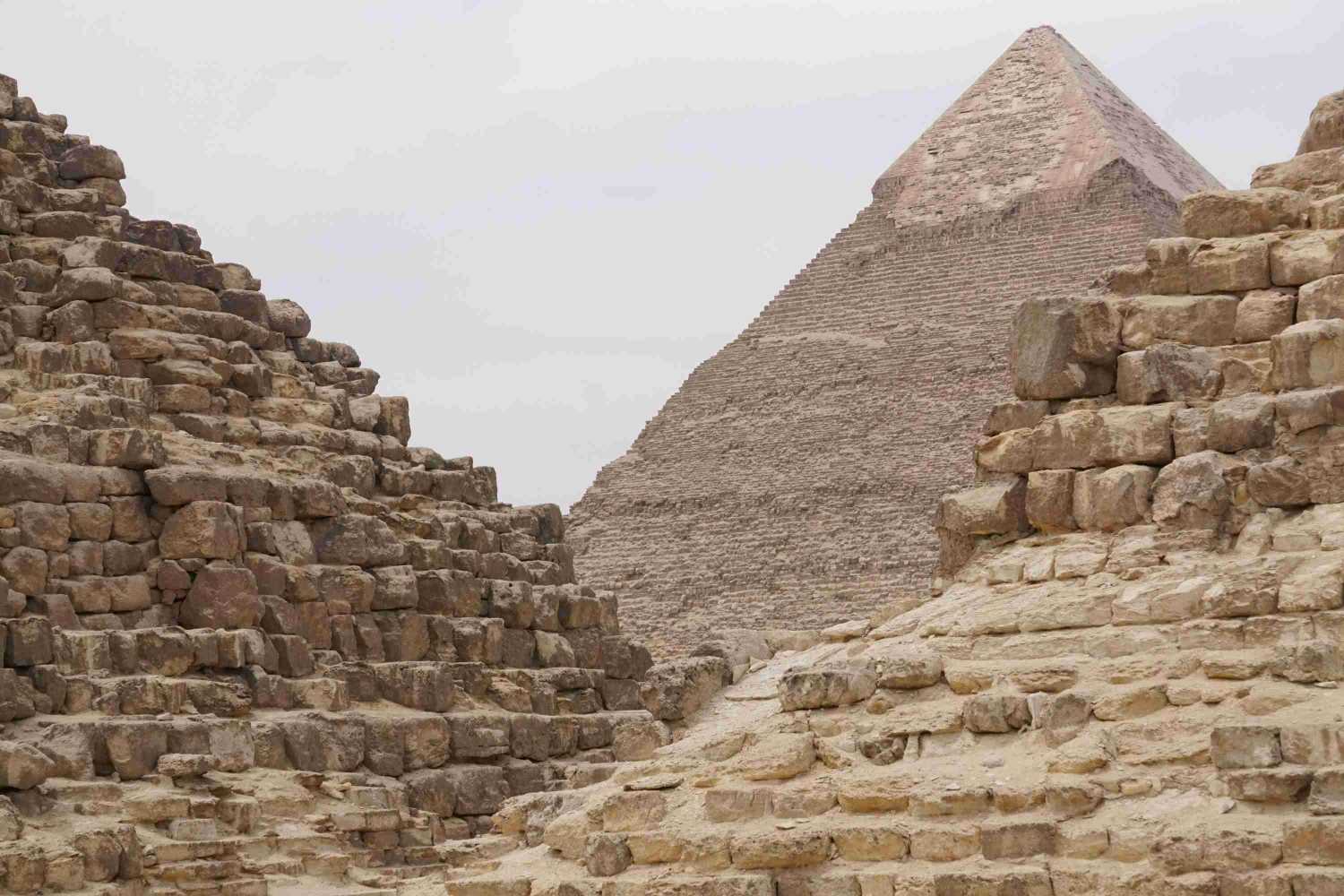
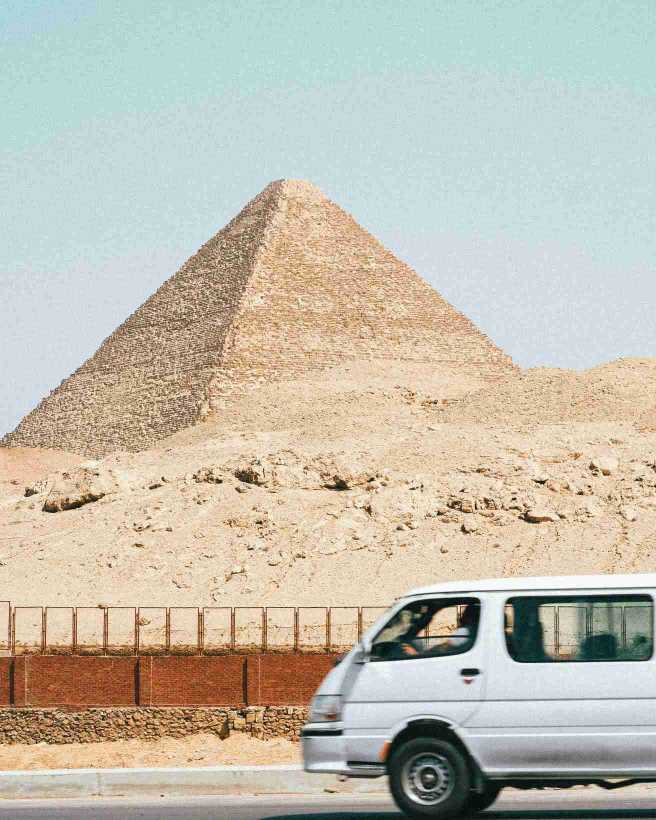

Local Foods
While visiting the pyramids, be sure to try some traditional Egyptian dishes:
- Koshari: A popular street food made with rice, lentils, pasta, and tomato sauce.
- Ful Medames: A hearty stew of fava beans, often served with bread.
- Tagine: A slow-cooked stew made with meat, vegetables, and spices.
- Baklava: A sweet pastry made with layers of phyllo dough, nuts, and honey.
- Mint Tea: A refreshing drink made with green tea, mint, and sugar.
Best Time to Visit
The best time to visit the Great Pyramids is during the cooler months, from October to April, when temperatures are mild and comfortable for exploring. Early morning or late afternoon visits are ideal to avoid the heat and crowds.
Where to Visit
- The Great Pyramid of Khufu: Explore the interior chambers and learn about its construction.
- The Pyramid of Khafre: Admire the pyramid’s unique design and visit the nearby Great Sphinx.
- The Pyramid of Menkaure: Discover the smallest of the three pyramids and its intricate details.
- The Solar Boat Museum: Located near the Great Pyramid, this museum houses a reconstructed ancient Egyptian boat.
- The Sound and Light Show: A nighttime spectacle that brings the history of the pyramids to life.
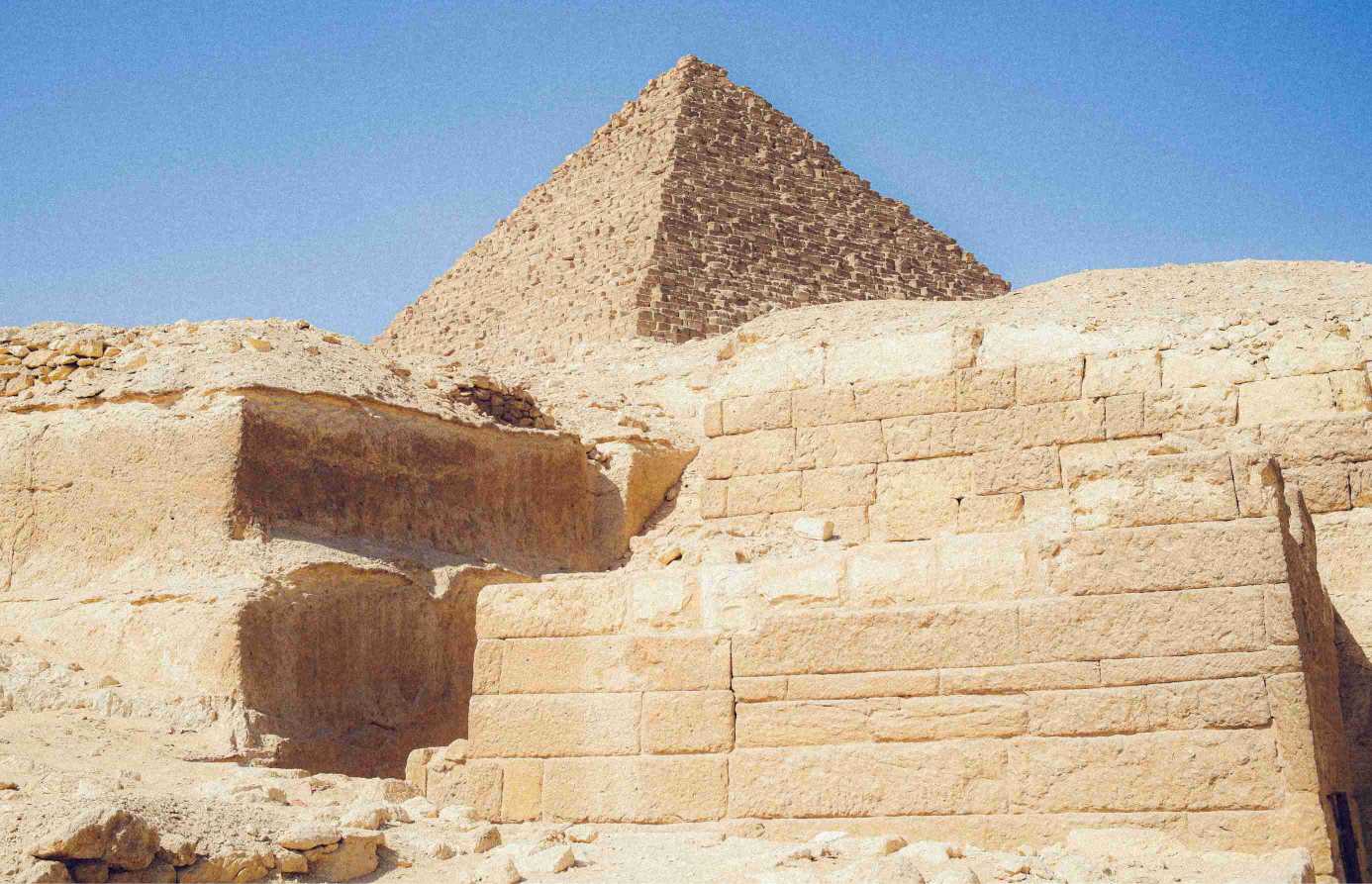
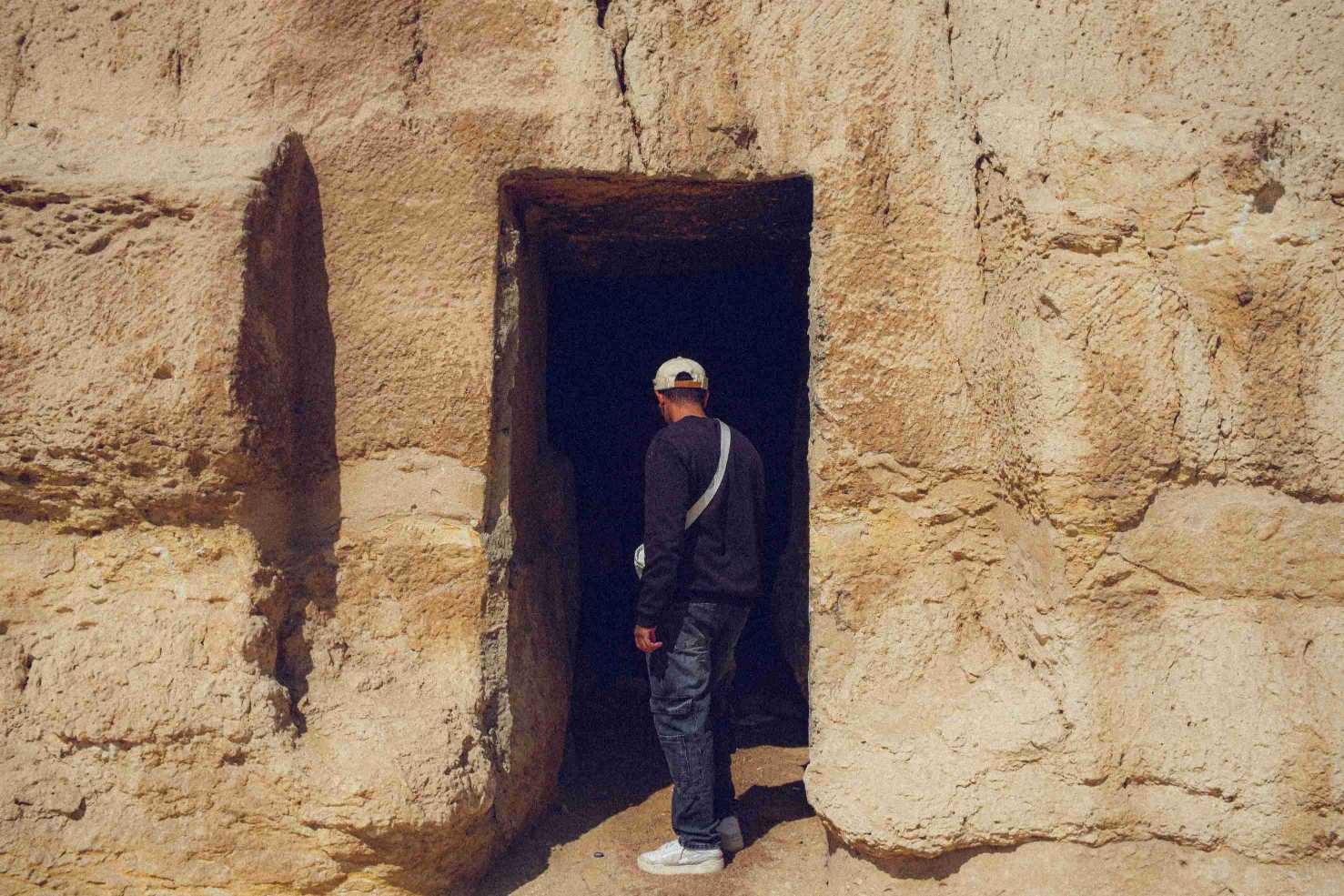

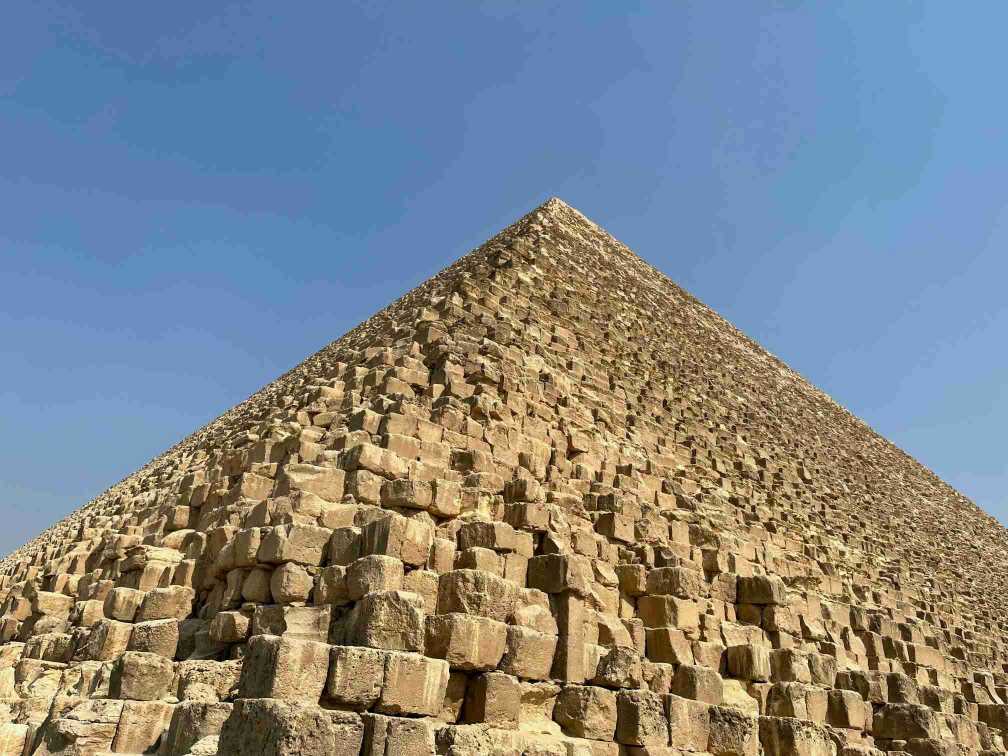

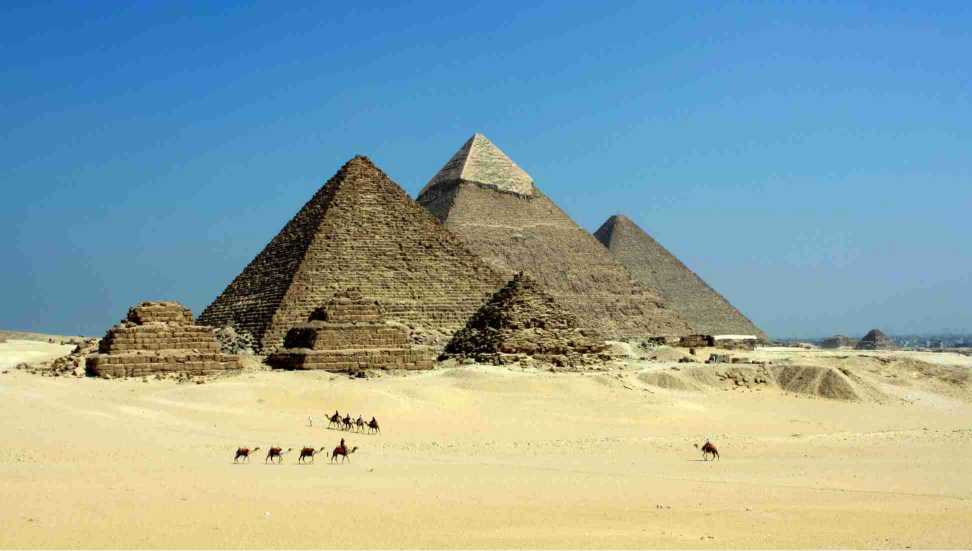
Things to Do
- Explore the Pyramids: Climb inside the pyramids (where permitted) and marvel at their ancient architecture.
- Visit the Great Sphinx: Learn about the history and symbolism of this iconic statue.
- Take a Camel or Horseback Ride: Experience the pyramids from a unique perspective.
- Photography: Capture the stunning views of the pyramids against the desert backdrop.
- Shop for Souvenirs: Purchase handmade crafts, papyrus art, and replicas of ancient artifacts.
What to Pack
- Comfortable Shoes: For walking on uneven terrain.
- Sunscreen and Hat: Protect yourself from the strong sun.
- Water Bottle: Stay hydrated during your visit.
- Camera: Capture the stunning architecture and landscapes.
- Modest Clothing: To respect local customs, especially when visiting religious sites.
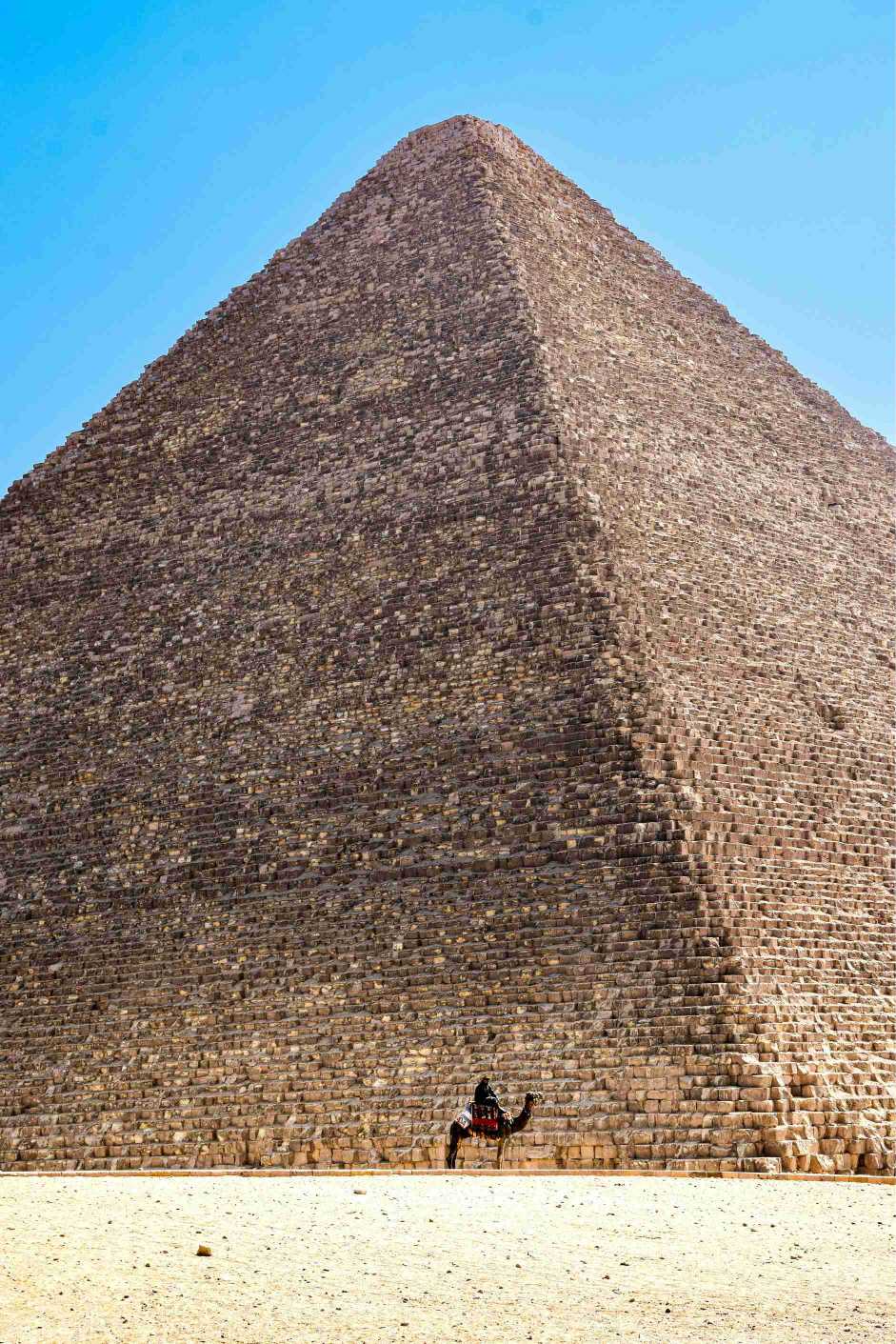
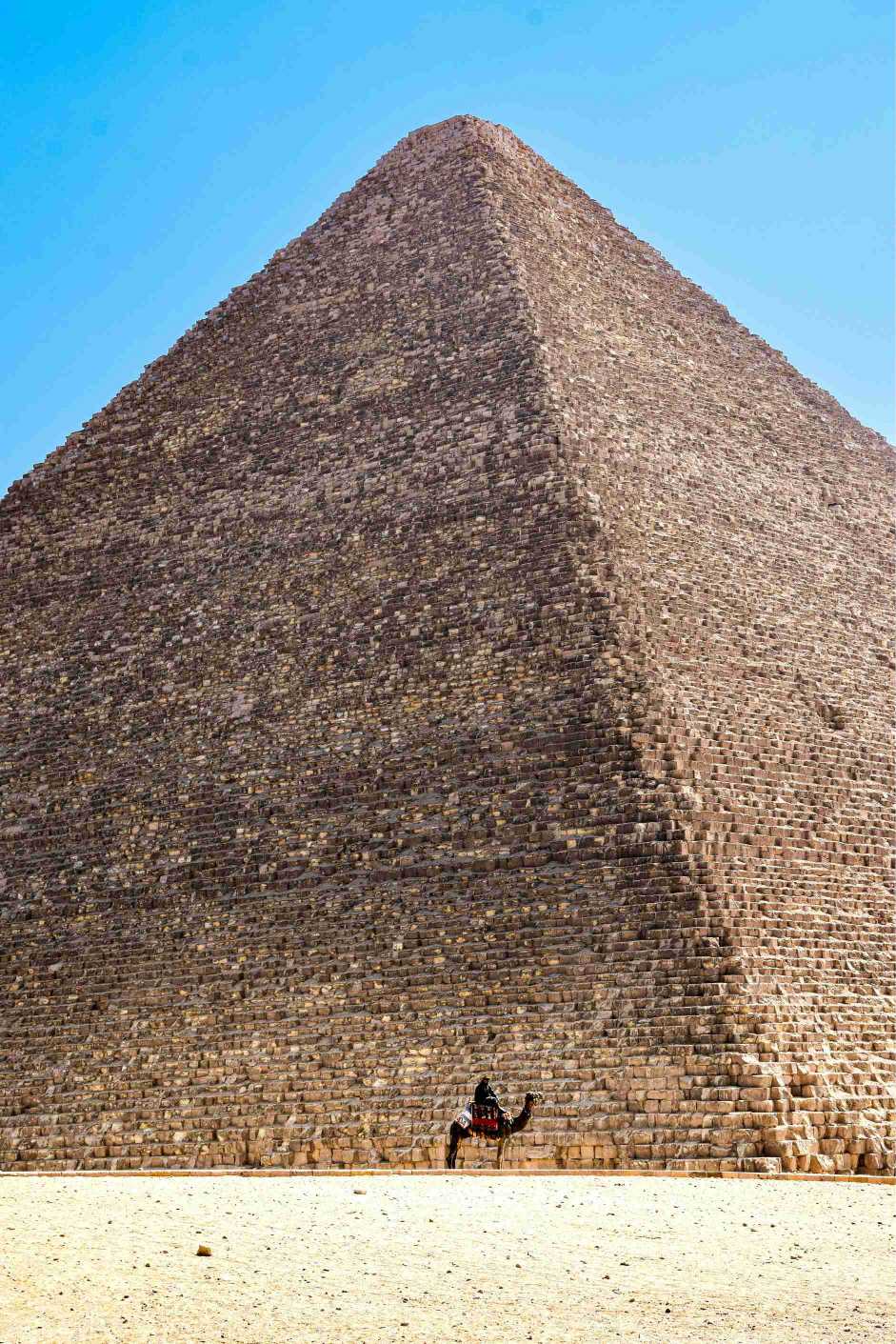
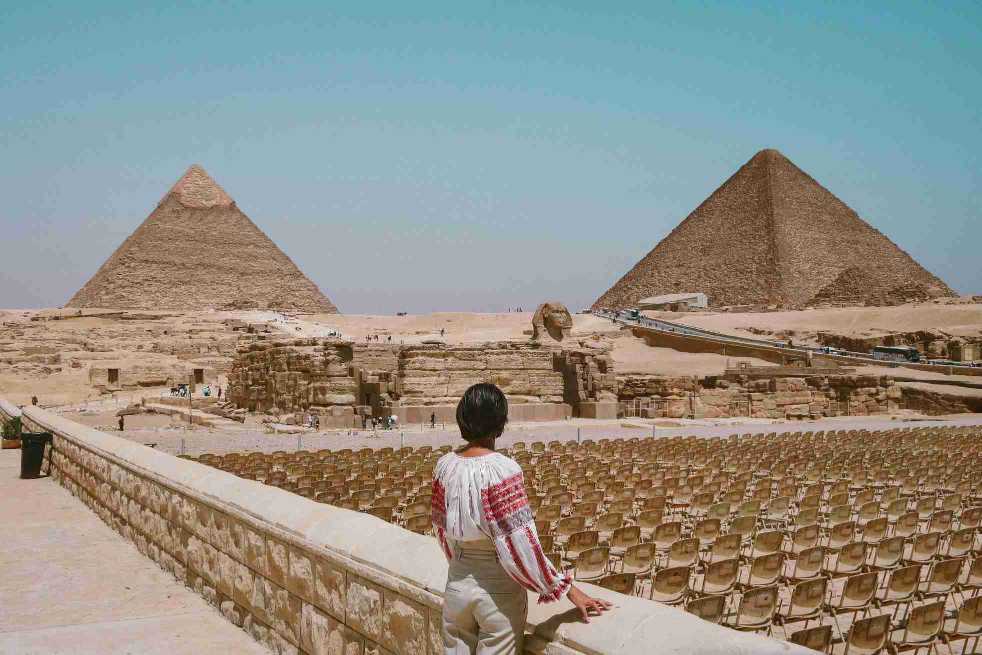
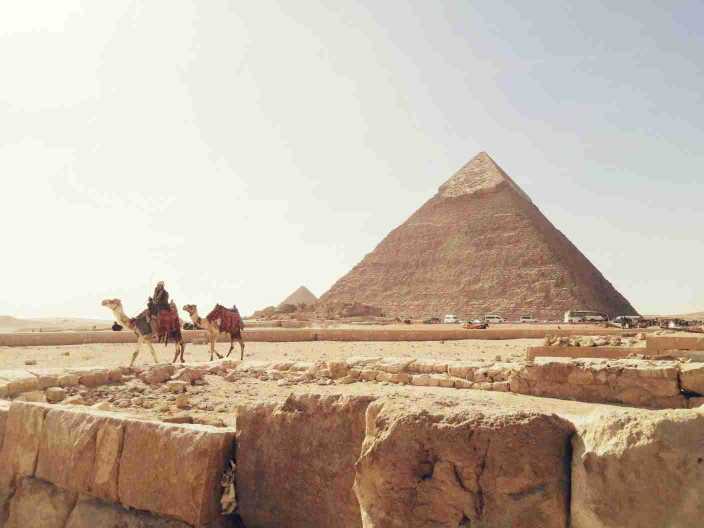
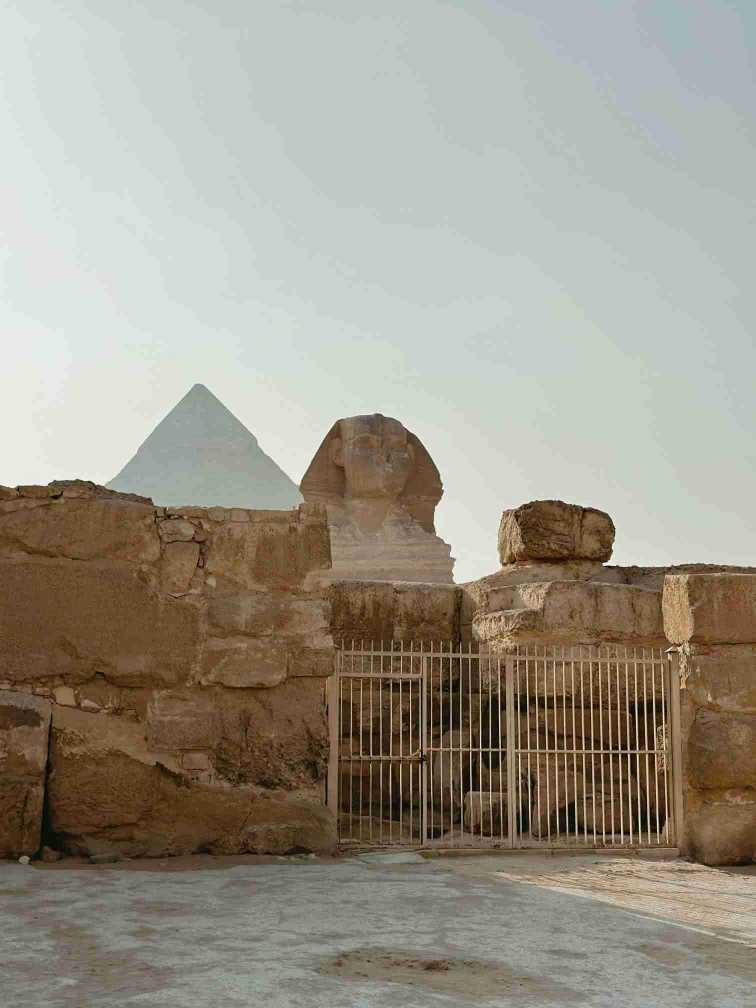



The Great Pyramids at Giza are a destination that captivates with their history, architecture, and cultural significance. Their towering presence, intricate design, and enduring legacy make them a must-visit destination for travelers. Whether you’re exploring their ancient chambers, marveling at the Great Sphinx, or soaking in the views of the desert landscape, the Great Pyramids at Giza promise an unforgettable experience. Start planning your trip to this timeless wonder and discover the magic of ancient Egypt.
FAQs
-
Are the Great Pyramids expensive to visit?
Entry fees are reasonable, but additional costs may apply for guided tours, camel rides, and interior access. -
Can I go inside the pyramids?
Yes, visitors can enter the Great Pyramid of Khufu and the Pyramid of Khafre, but tickets are limited and may require an additional fee. -
What currency is used in Egypt?
The Egyptian Pound (EGP) is the official currency. -
Is it safe to visit the Great Pyramids?
Yes, the pyramids are generally safe, but be cautious of scams and follow local advice. -
What is the best time of day to visit the pyramids?
Early morning or late afternoon is ideal to avoid the heat and crowds. -
Are there guided tours available?
Yes, guided tours are available and recommended for a deeper understanding of the pyramids’ history and significance. -
Can I take photos inside the pyramids?
Photography is allowed outside the pyramids, but restrictions may apply inside. Always check with your guide. -
How long does it take to explore the pyramids?
A full day is recommended to explore the pyramids, the Sphinx, and nearby attractions.




